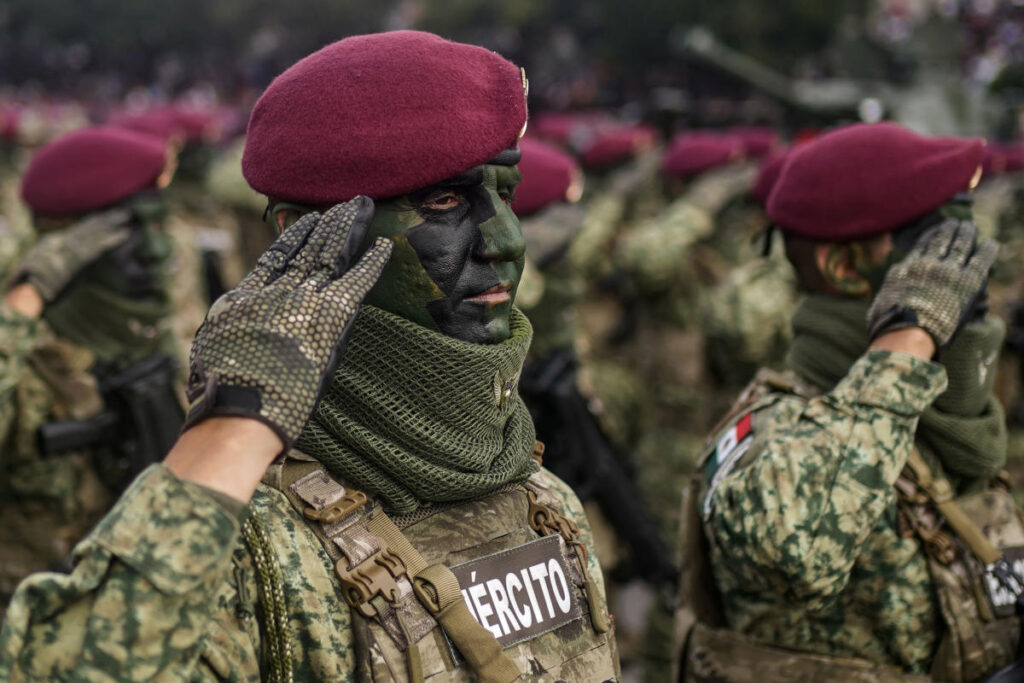Mexico’s President Claudia Sheinbaum recently announced a controversial plan to funnel funds gained from the elimination of independent oversight and regulatory agencies directly into military salaries. This announcement comes amid a broader trend of increasing financial support for Mexico’s armed forces, which have been gradually expanding their scope since Sheinbaum’s predecessor, Andrés Manuel López Obrador, assumed office. López Obrador’s administration creatively tapped the military’s capabilities to influence infrastructure projects and law enforcement, and his vision has continued to resonate within the ruling Morena party.
In a recent legislative move, Mexico’s Congress approved a $42 immigration fee on cruise ship passengers. Critics argue that this charge predominantly benefits the military rather than enhancing the nation’s port facilities or tourism infrastructure, which generates significant revenue for Mexico annually. The tourism industry has voiced strong opposition to this decision, fearing it could blunt the momentum of the $500 million cruise industry, especially since the fee marks a shift from a previous exemption for cruise passengers.
Under López Obrador’s watch, the military transitioned from a historically restrained force to an influential entity overseeing diverse sectors, including the construction and management of railways, airports, and airlines. This shift toward militarization of various sectors has caused concern over accountability and oversight, especially as the Senate, dominated by the Morena party, voted to dismantle seven independent regulatory agencies. While Sheinbaum touts these changes as efficient governance, critics warn they may foster favoritism and diminish transparency, ultimately consolidating the ruling party’s power.
Financial mismanagement looms over several military-led projects, raising questions about the sustainability of their revenue sources. One highlighted project, the Maya Train, which loops around the Yucatan Peninsula, has failed to meet its original ridership expectations. After nearly a year in operation, it only attracted about 600,000 passengers, significantly lower than the anticipated 3 million annually. Such performance issues can explain the government’s urgency in seeking alternative funding mechanisms for the military, which has become a primary implementer of these large-scale projects.
Further complicating the financial landscape are additional military-run initiatives, like the Mexicana airline, which appears to be struggling financially. The government sought to combine this with the Maya Train by offering package tours, showcasing an integration of various underperforming ventures. Another military project, the Felipe Angeles airport, is also facing budgetary stresses as the government compels certain flights away from more established airports, highlighting the strain on national resources to support these ambitious but often unsuccessful investments.
In summary, the evolving relationship between Mexico’s military and government spending reflects larger tensions around governance, accountability, and economic sustainability. As funding mechanisms for military salaries become reliant on unconventional revenue sources—like immigration fees and the dissolution of oversight agencies—many fear that this trend undermines both the integrity of the political system and the health of the economy. These developments mark a significant departure from Mexico’s previous military limitations, potentially reshaping the fabric of governance and public trust in the years to come.

